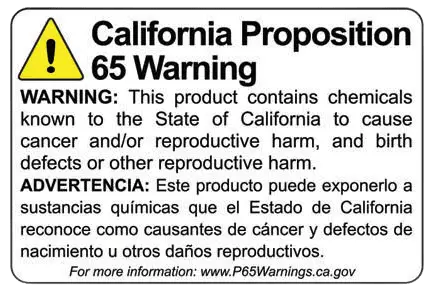 Heat shrink tubing is highly versatile and can be used to protect a wide range of wires and cables. Here are some common types of wires that can be protected with heat shrink:
Heat shrink tubing is highly versatile and can be used to protect a wide range of wires and cables. Here are some common types of wires that can be protected with heat shrink:
- Electrical Wires: Heat shrink is widely used to insulate and protect electrical wiring in homes, vehicles, and appliances, shielding them from moisture, chemicals, and abrasion.
- Automotive Wiring: Heat shrink is ideal for protecting the wiring harnesses in vehicles. It offers a durable, waterproof seal, which is crucial for wiring exposed to vibrations, heat, and the elements.
- Marine Cables: In marine environments, wires are exposed to water, salt, and corrosion. Heat shrink with adhesive lining provides excellent protection for boat wiring and other marine applications.
- Coaxial Cables: Used in communication systems like television and internet, coaxial cables benefit from heat shrink to secure connections and prevent signal interference.
- Fiber Optic Cables: Heat shrink is often used in fiber optic installations to protect delicate fiber strands from bending and damage, ensuring data transmission integrity.
- Telecommunications Wiring: Telecommunications cables, which may be used in both outdoor and indoor environments, can be safeguarded from wear and weather conditions using heat shrink.
- Speaker and Audio Cables: Heat shrink provides added durability and improves connections, especially in sound systems where wires are frequently handled.
- Battery and Power Cables: Heat shrink protects battery terminals and power cables in various electronic devices, preventing short circuits and corrosion.
By using heat shrink tubing, these types of wires are better protected from environmental factors and wear, ensuring a longer lifespan and more reliable performance.


